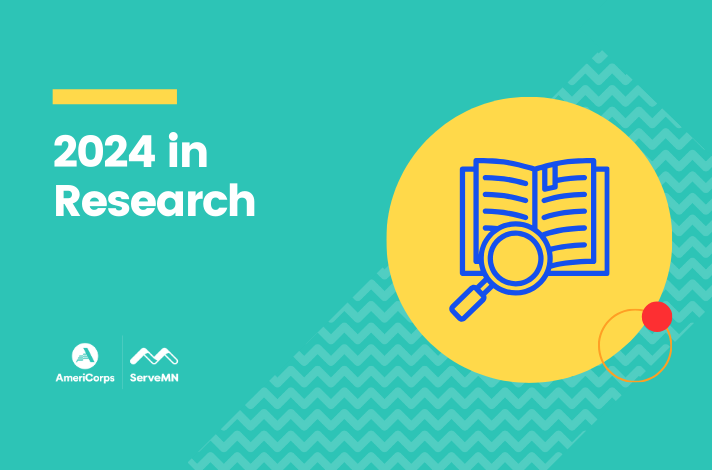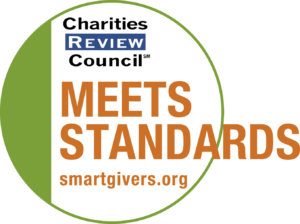By Emma Brown
Public schools have long relied on volunteers to manage bake sales and to chaperone field trips. But what if schools could harness and organize volunteers to do something bigger and more difficult?
They can, according to new research that suggests that volunteers could be instrumental in helping millions of American children to read proficiently.
There have been plenty of studies on small volunteer tutoring programs that reach a few dozen children at a time in individual schools. But until now, there has not been evidence that such programs can make a difference on a much larger scale, across many schools and for thousands of students.
“Bringing volunteer programs to scale is often quite difficult, so that’s really the exciting thing about the research coming out now,” said Robin Jacob, a research scientist at the University of Michigan’s education school.
An independent evaluation of the Minnesota Reading Corps, which relies on AmeriCorps service members to identify and tutor struggling students, showed that preschoolers in the program were far more likely to gain the literacy skills they need to be ready for kindergarten than other preschoolers.
A separate study of a different tutoring program, Oakland, Calif.-based Reading Partners, found that it added about two months of additional growth in students’ reading proficiency. And it made that difference despite depending on AmeriCorps members and community volunteers, who had no special training in literacy education.
Both programs already have expanded into multiple states and have visions of growing further, bolstered by the burgeoning evidence that, armed with the right training and curriculum, volunteers can play an important role in closing the nation’s persistent achievement gap in reading.
“Volunteers really can make a difference, and they’re a somewhat underutilized resource by schools to improve things for kids,” Jacob said. “It’s something that deserves wider attention than it’s gotten in recent years.”
Paid reading specialists have been tutoring children in school for decades, but experts say that their roles have shifted over time, and specialists are now as likely to spend time coaching classroom teachers as working one-on-one with children. At the same time, schools are struggling to address the sharp rise in the number of students with intensive literacy needs, including children who are poor and English-language learners.
Organized volunteers are stepping into that void, but the prospect of tapping an army of untrained people to tackle students’ literacy problems doesn’t sit well with everyone.
Richard Allington, a reading education expert at the University of Tennessee at Knoxville, said that although he appreciates volunteers’ goodwill, systemic change will come only when teachers are trained to be reading specialists who know how to identify and address their students’ struggles.
“Just having someone available to listen to you read or to read with you is always helpful,” he said. “But if I was a parent and somebody wanted to send my kid out of class to a reading program to work with a volunteer, I’d tell them, ‘I’ll take you to court.’ ”
But leaders of the Minnesota Reading Corps and Reading Partners are seeing interest in their programs grow as more schools see what they can accomplish.
Michael Lombardo, chief executive of Reading Partners, said that about 18 million people volunteer in U.S. schools. He hopes his organization can help persuade more people to volunteer by giving them a chance to effect change.
“Easily it could be 50 million; it could be more,” he said. “Our tutoring force is virtually unlimited.”
Giving it a test run
The Minnesota Reading Corps began as an experiment with 250 children in 2003, the year after Alice Seagren, then a state legislator, visited a school that managed to do the seemingly impossible: get every first-grader reading at their grade level by the year’s end.
“I was thrilled,” said Seagren, whose push to replicate the success in that school gave rise to the Minnesota Reading Corps, which now serves 30,000 children in eight states and the District.
The approach at that Minnesota school relied on materials developed by University of Minnesota researchers. Teachers and aides were able to use tools to track students’ skills and to intervene with targeted one-on-one help at the first sign of trouble, such as when a child did not know the sounds that letters make or when a student could not assemble letters to make words.
Seagren determined that handing over all that tracking and tutoring to members of AmeriCorps — often called the domestic Peace Corps — would bring down costs and make the reading program easier to replicate.
For kindergarten through third grade, the AmeriCorps volunteers assess children three times a year to determine who needs what kind of help. They pull struggling students out of their classes every day for 20-minute one-on-one sessions, using scripted lessons to work on literacy skills ranging from identifying letter sounds to reading fluency.
In preschool, the volunteers not only tutor children but also embed themselves in classrooms all year long, working alongside teachers.
One recent morning at Aiton Elementary School in Northeast Washington, AmeriCorps member Flori Kirkpatrick led her whole class in an alphabet song — “A, ah, alligator,” the children chanted, opening their arms to mimic a toothy reptile — before she retreated to the back of the classroom to work with a 4-year-old named Devonte Berry.
“Letters, letters, letters have names,” Kirkpatrick sang. “What is the name of this letter?” she said, pointing at a lower-case E.
“That one has a hole in it,” said Devonte, who named the letter correctly after some patient coaxing.
The volunteers get just a few days of training before they begin working in schools. But they learn how to talk with children so that every moment of the day — from morning greetings to lunchtime conversation — becomes an opportunity to encourage children to practice using language. And they receive ongoing guidance from an “internal coach,” who is a teacher at the school, and an “external coach,” who is an employee of the Minnesota Reading Corps.
Leaders have been encouraged by the results.
A 2012 study found that Minnesota Reading Corps participants were three times less likely to be referred to special education, saving the state an estimated $9 million a year. Kindergartners and first-graders who received help from the Minnesota Reading Corps made significantly more progress than other children, even after just one semester, according to the study, which was conducted by researchers from the NORC at the University of Chicago and paid for by the Corporation for National and Community Service, AmeriCorps’ parent agency. The program had less of an effect for children in grades two and three.
The newest research, on the preschool program, suggests an even stronger effect.
By the end of the school year, children in Reading Corps classrooms on average met or exceeded all five literacy targets for kindergarten readiness, which are based on predictors identified by a panel of national reading experts and include knowledge of letter names and sounds, rhyming, alliteration, and vocabulary. Children in comparison classrooms, on average, met only one target by the end of the school year.
“We really want to close the gap in vocabulary and oral language, and we are closing that gap,” said Kate Horst, the pre-kindergarten master coach and trainer, who developed much of the curriculum that AmeriCorps members use. “We feel like we really are making inroads.”
The Minnesota Reading Corps is trying to raise $10 million to continue growing, with the goal of expanding into 10 additional states in the next five years. In Minnesota, the program costs between $800 and $900 per child each year, with the federal government bearing about 60 percent of the cost through its funding for AmeriCorps and with the state government paying for most of the rest.
One-on-one time
Reading Partners is undergoing an expansion, too, and it also relies on a highly structured curriculum. Volunteers, who range in age from teenagers to senior citizens, pick up a packet of exercises to complete during the hour they spend with their students each week.
At each school, an AmeriCorps member serves as site coordinator, training and managing all of the volunteers.
Children who work with a Reading Partners tutor make significantly more reading progress than their counterparts who don’t, according to a randomized, controlled study of the program at 19 schools in three states. The study was conducted by the social science research firm MDRC and was funded by the Corporation for National and Community Service.
Jacob, the University of Michigan research scientist, was the lead author of the Reading Partners study. She said that the students who benefited most from the tutoring were those who entered the program furthest behind.
“Even if it’s only an hour and a half a week, that individual time with somebody who’s just attending to that student’s particular needs can be really effective,” she said.
But even though the program makes a significant difference, she said, tutoring is not enough to solve all children’s reading struggles. Reading Partners offers the equivalent of two extra months of instruction per year, but some children are years behind.
“The model, as it currently runs, is not going to close the achievement gap for all the kids who need it,” Jacob said.




